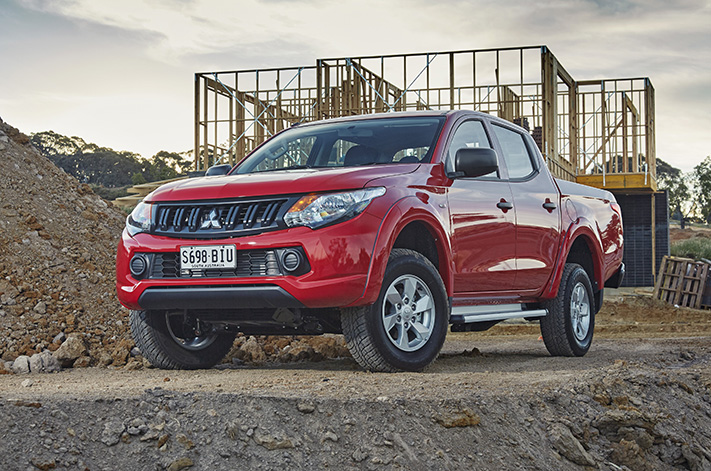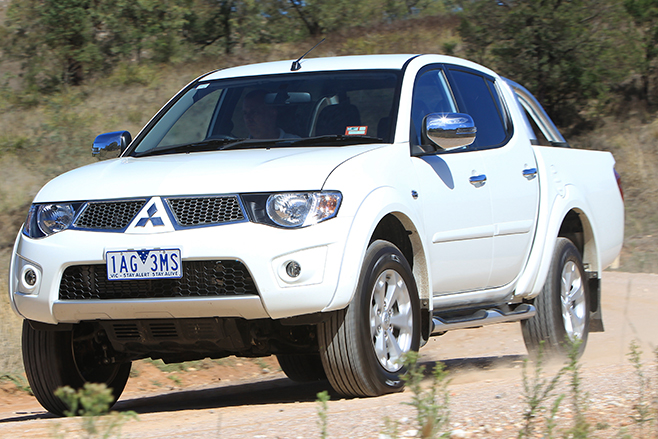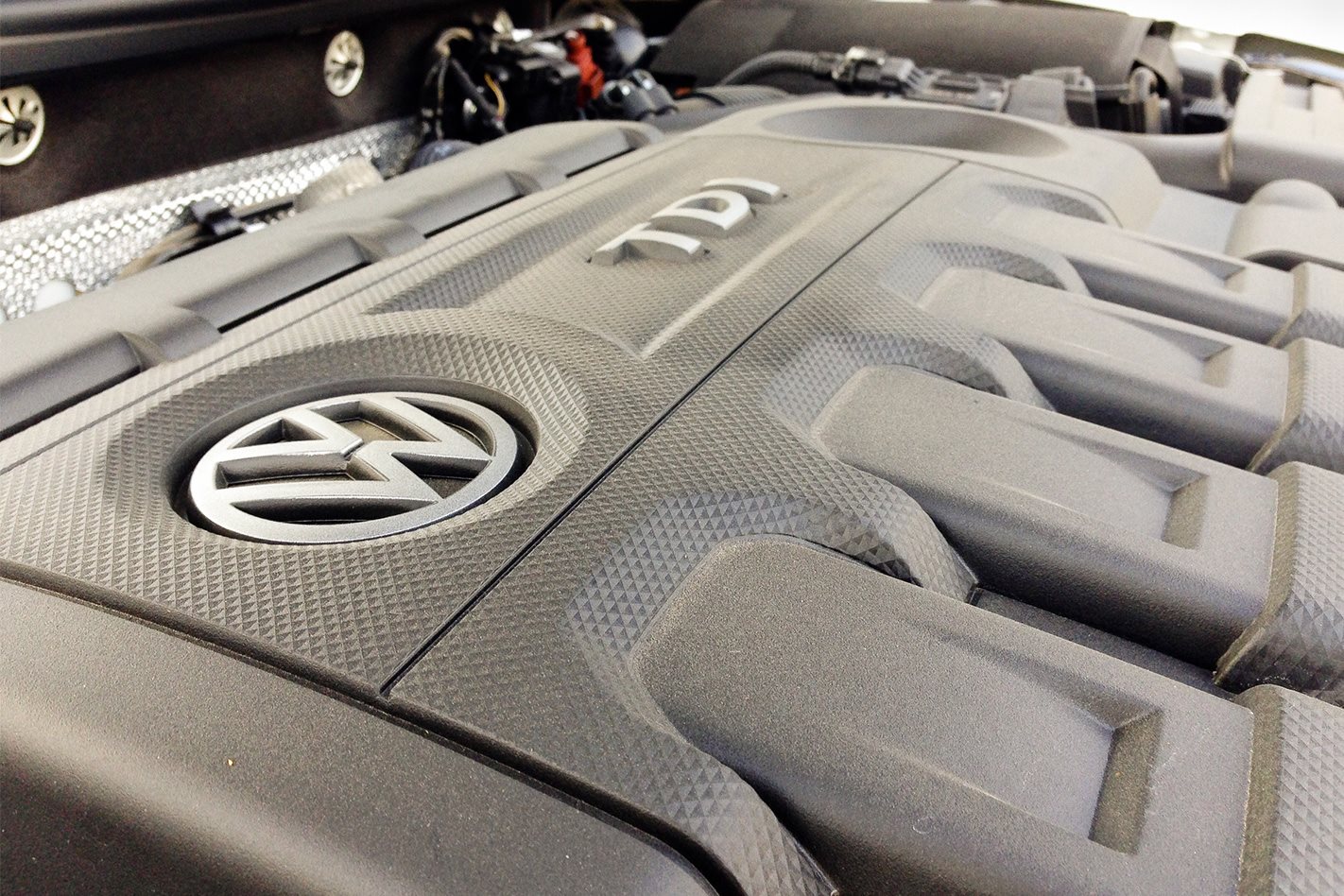
Snapshot
- Customer’s 2016 Triton consumed more fuel than 2008 model despite efficiency sticker stating the opposite
- Industry bodies say there’s a difference of up to 59 per cent between efficiency labels and real world tests
- Australian testing still yet to be overhauled despite fallout of Dieselgate
The Victorian Supreme Court’s ruling on a case relating to Mitsubishi and one of its customers may change how vehicles are tested before going on sale to the public.
A major discrepancy in fuel consumption between a 2008 Triton and the newer 2016 model saw Mitsubishi taken to court by one of its customers, Zelko Begovic, first through the Victorian Civil and Administrative Tribunal (VCAT) and then the Supreme Court.
Mr Begovic was able to prove that while the Japanese marque claimed his 2016 Triton has a lower fuel consumption than his previous 2008 model according to the fuel consumption label on the vehicle, in the real world the results were reversed – the court calling the labelling “misleading and deceptive”.

Through keeping a log of his fuel and holding on to receipts when he filled the vehicle up, Mr Begovic won his case against Mitsubishi through VCAT in 2019 but an appeal from the Japanese brand saw it escalated to the state’s Supreme Court.
As part of the 2019 case, Mitsubishi was ordered to pay back the $39,500 purchase price of the Triton after an independent tester, as well as one of its own technicians, was unable to match the claimed economy ratings. The payment was put on hold however when the case went to appeal, and a ruling on any damages which need to be paid has yet to be handed down.
Findings from the case show Mitsubishi had complied with the Government prescribed ADR 81/02 test but the results were not reflective of the Triton’s real world consumption figures, reigniting the debate about a growing need to change legislation.
“I accept the applicants’ (Mistubishi) submission that the label represented the 2016 Triton had been tested in accordance with ADR 81/02 and the results of those tests were as stated on the label,” read Judge Tim Ginanne’s ruling.
“The label contained no representation about the Triton’s actual fuel consumption but, I consider that a reasonable consumer reading the label would consider it indicated information about the vehicle’s fuel consumption, and they would take it to represent that, if the vehicle was retested under ADR 81/02, it would produce similar results.
“After all, the label was intended to be read by consumers and was titled ‘Fuel Consumption’. The reasonable consumer would be entitled to regard the fuel consumption details as an accurate base on which to make comparisons with other vehicles’ fuel economy and on which to make adjustments for the real world driving conditions the consumer was likely to encounter.
“Although that necessary adjustment process meant the label did not tell the consumer what the vehicle’s actual fuel consumption would be, it provided key information to enable the consumer to make an informed estimate of what the actual fuel consumption would be.”

Despite the Supreme Court ruling in favour of Mr Begovic, it stated Mitsubishi had complied with the law and the vehicle wasn’t defective, bringing instead into question the standard of tests which are run in Australia to determine a car’s advertised fuel efficiency, something the Japanese manufacturer has welcomed.
“Mitsubishi Motors Australia Limited takes its obligation to comply with the law very seriously,” said a Mitsubishi spokesperson.
“We were pleased to see that there is no suggestion that Mitsubishi Motors did anything other than to comply with the law when conducting the Government mandated fuel consumption tests it depends upon to publish like-for-like consumer comparison data on the Government mandated fuel consumption labels.
“We are taking further advice regarding our options. In light of that, it is not appropriate for Mitsubishi Motors Australia Limited to comment on this matter further.”
The Australian Automobile Association (AAA) says federal regulators have been aware since 2015 that laboratory tests used to enforce environmental controls are providing misleading information on vehicle fuel consumption, something which is currently outside the control of manufacturers like Mitsubishi.
AAA Managing Director, Michael Bradley, believes Australian testers have been too slow to react, stating their European equivalents changed how they undertook tests soon after the Volkswagen Dieselgate saga came to the fore.
“[Since Dieselgate] jurisdictions around the world [have] improved their oversight of car maker performance and the information being provided to consumers,” Mr Bradley said.

“The European Union has incorporated real world testing into its vehicle regulation framework, but in Australia, consumers are still only told how new cars perform in the laboratory.
“AAA research shows Australian cars use up to 59 per cent more fuel in the real world than advertised, and their noxious emissions are up to 625 per cent over Australian regulatory limits.
“The gap between laboratory and real-world performance has been widening every year, and consumers are each year receiving poorer information regarding fuel consumption and environmental performance.”
The AAA is calling on the Federal Government to copy the European Union’s real world test procedure and introduce an Australian real-world test program that can provide consumers and fleet buyers more valuable information on a vehicle’s noxious emissions, greenhouse gas emissions and fuel consumption.




